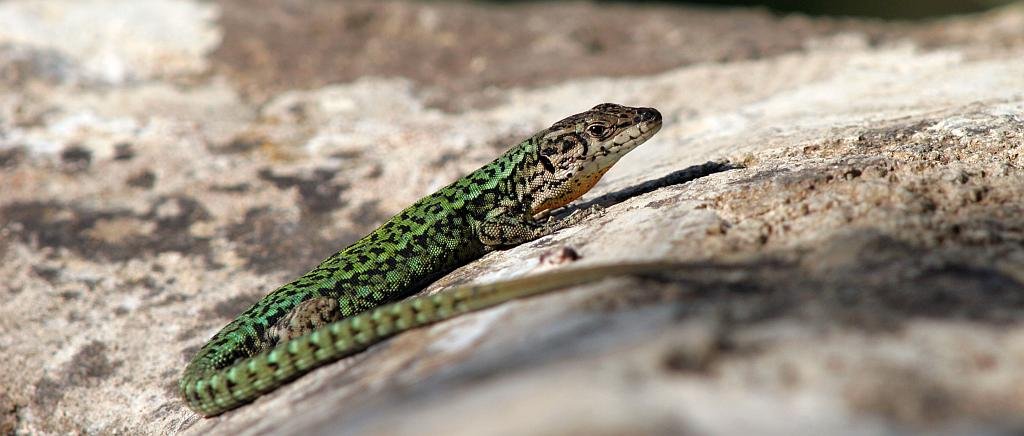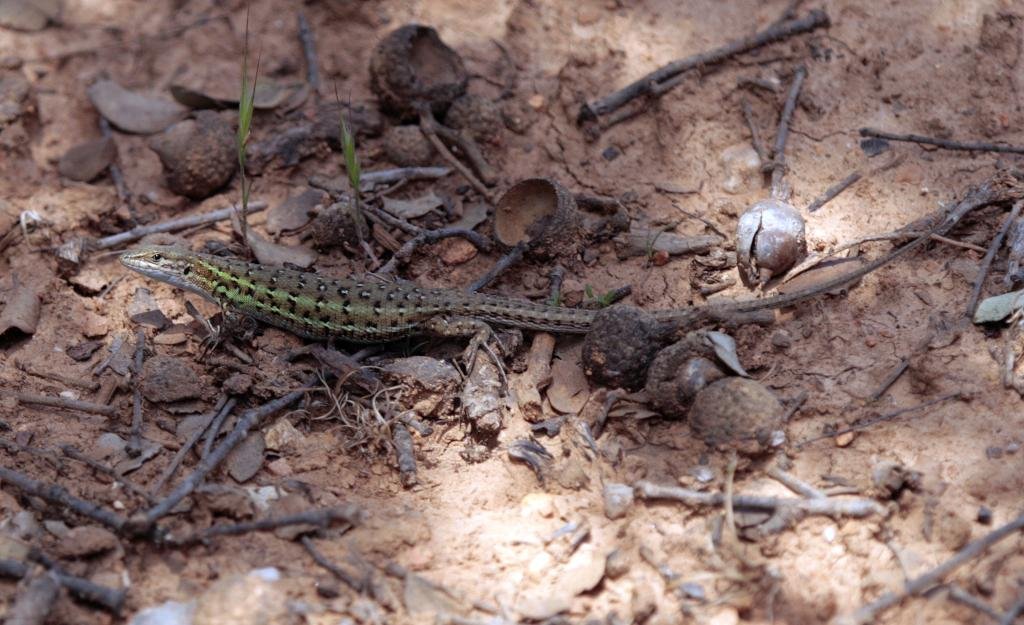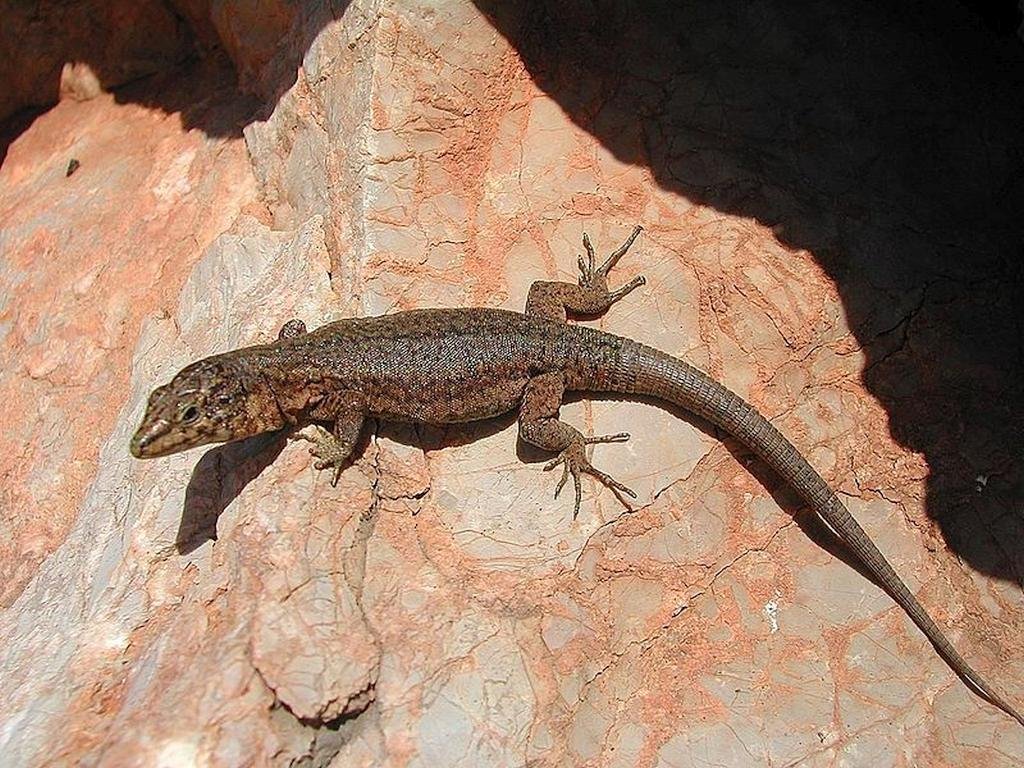Andalucian wall lizard – Podarcis vaucheri – Lagartija andaluza
English: Andalusian Wall Lizard Scientific: Podarcis vaucheri Spanish: Lagartija andaluza French: Lézard Andalouse German: Andalusischen Mauereidechse Italian: Lucertola Andalusa Portuguese: Lagartixa-andaluz Distribution: southern Spain (Western Andalucia), central and northern Morocco, northern Algeria and northern Tunisia. Similar species: Iberian wall lizard (Podarcis hispanicus) Lagartija ibérica (Basically if you are anywhere other than Western Andalucia its probably … Read more



